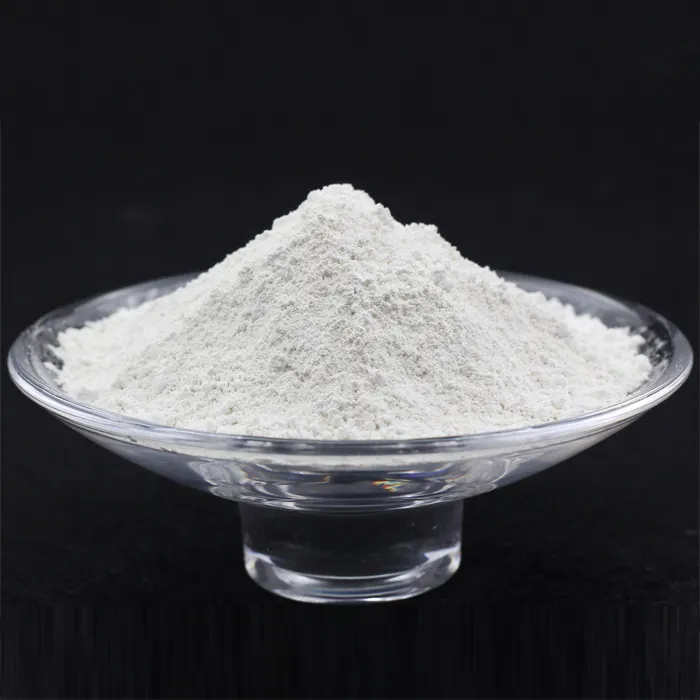The Role of Plastic Additives in Manufacturing Enhancing Performance and Sustainability
In the ever-evolving world of materials science, plastic additives play a crucial role in the manufacturing of various plastic products. These substances, often overlooked in discussions about plastic, are vital for enhancing the performance, durability, and sustainability of plastics. This article explores the significance of plastic additives, their types, and their impact on the manufacturing processes and end products.
What are Plastic Additives?
Plastic additives are chemical substances incorporated into plastic formulations to modify their properties. These additives can enhance mechanical strength, increase flexibility, improve thermal stability, and provide resistance to UV radiation and oxidation. Importantly, they can also contribute to the plastic's aesthetic qualities, such as color and surface texture. The global market for plastic additives is robust, driven by the increasing demand for engineered plastics in various applications, from automotive to consumer goods.
Types of Plastic Additives
1. Stabilizers Often used to prolong the life of plastic materials by preventing degradation caused by heat, light, and environmental factors. For example, UV stabilizers protect against sunlight, making them essential for outdoor applications.
2. Plasticizers These compounds increase the flexibility and workability of plastics. For instance, phthalates have traditionally been used to soften polyvinyl chloride (PVC), making it suitable for a wide range of applications, from flooring to electrical cables.
3. Fillers Fillers reduce production costs while enhancing specific properties of plastics. Organic and inorganic fillers can improve strength and thermal resistance or even provide opacity or color to the finished product.
4. Flame Retardants With safety being paramount, flame retardants are added to plastics to reduce flammability and slow the spread of fire. Regulatory requirements in many industries mandate a specific level of flammability resistance in products.
5. Antioxidants These additives prevent oxidative degradation, helping to maintain the material's integrity over time. They are crucial in products that will be exposed to extreme temperatures or harsh environmental conditions.
plastic additive manufacturing

6. Colorants and Pigments Used to impart color and enhance the visual appeal of plastic products. Beyond aesthetics, color can also indicate specific properties or applications, crucial for branding and consumer recognition.
7. Biodegradable Additives With increasing environmental awareness, the manufacturing industry is seeing a rise in the use of biodegradable additives. These substances help traditional plastics break down more easily in the environment, addressing the pressing issue of plastic waste.
Impact on Manufacturing Processes
The addition of these myriad additives significantly influences manufacturing processes. For instance, the use of plasticizers can reduce the processing temperature, enhancing manufacturing efficiencies. Similarly, incorporating fillers can lower material costs and create more lightweight products, which is especially beneficial in industries like automotive manufacturing, where reducing vehicle weight is a crucial strategy for improving fuel efficiency.
Advancements and Innovations
As technological advancements continue to shape the landscape of plastic production, the development of novel additives is on the rise. Innovations such as nanotechnology are paving the way for new types of plastic additives that can enhance properties at a molecular level. Nano-fillers, for example, can improve strength and impact resistance while maintaining low weight. Furthermore, the trend towards sustainability is prompting manufacturers to explore bio-based additives sourced from renewable materials, leading to more eco-friendly options without compromising performance.
Environmental Considerations
While plastic additives provide numerous benefits, they also raise environmental and health concerns. The use of certain additives, such as phthalates and some flame retardants, has led to regulatory scrutiny due to their potential harmful effects on human health and ecosystems. As a response, the industry is actively seeking safer alternatives and greater transparency in the materials used.
Conclusion
Plastic additives are indispensable components of modern manufacturing processes, enhancing the functionality and aesthetics of plastic products while promoting efficiency and sustainability. As the industry continues to innovate and address environmental challenges, the role of additives will undoubtedly evolve, paving the way for smarter, safer, and more sustainable plastic solutions. Understanding their importance is crucial for manufacturers and consumers alike as we strive towards a more sustainable future with intelligent materials at the forefront.

